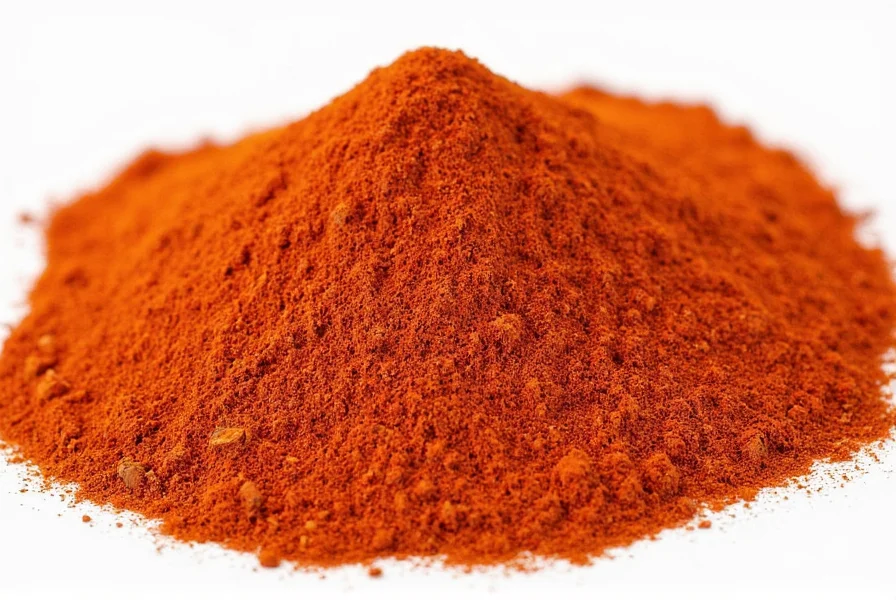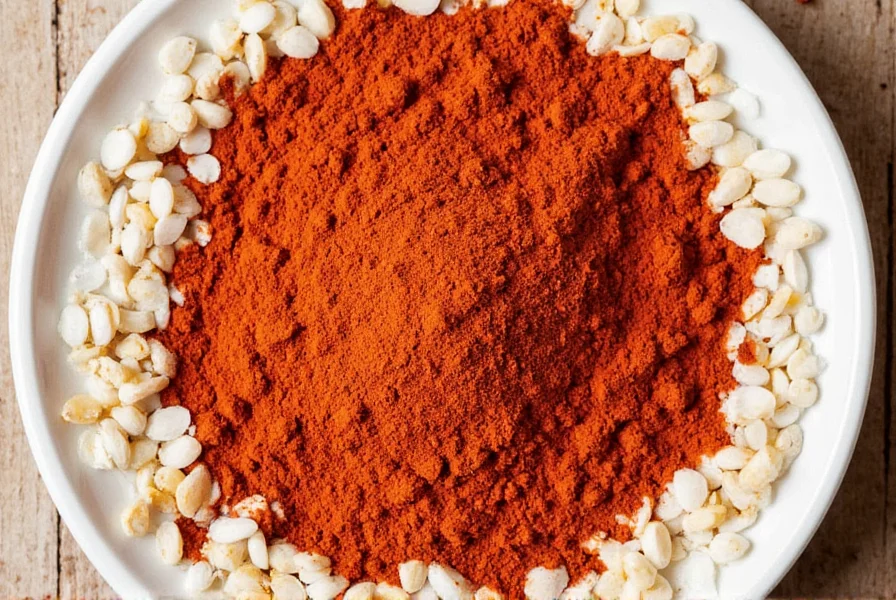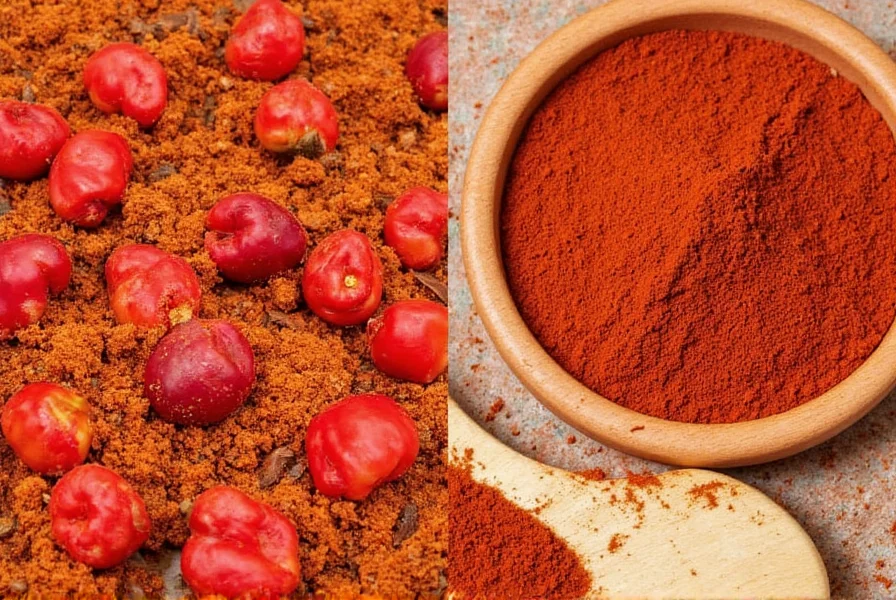When you're in the middle of cooking and realize you've run out of smoked paprika, knowing reliable alternatives can save your recipe. Smoked paprika provides that distinctive deep, smoky flavor without overwhelming heat, making it essential in Spanish, Hungarian, and American barbecue cuisines. Understanding what creates its unique profile—smoked and dried red peppers—helps identify the most effective replacements.
Why Smoked Paprika Matters in Cooking
Smoked paprika, or pimentón de la Vera, gets its flavor from peppers dried over oak fires. Unlike regular paprika, it delivers complex smokiness that enhances everything from rubs to stews. When seeking a smoked paprika alternative for recipes, focus on replicating both the mild pepper flavor and the subtle smoke—not just one element. This distinction separates adequate substitutes from truly successful ones.
Top 5 Smoked Paprika Substitutes Ranked
Not all alternatives work equally well across different dishes. Here's how the most common options compare based on smoke intensity, flavor accuracy, and versatility:
| Substitute | Smoke Intensity | Heat Level | Best For | Ratio to Replace 1 Tbsp Smoked Paprika |
|---|---|---|---|---|
| Chipotle powder | ★★★★☆ | ★★★☆☆ | Chili, BBQ rubs, hearty stews | 1 tsp chipotle powder + 2 tsp sweet paprika |
| Sweet paprika + smoked salt | ★★★☆☆ | ★☆☆☆☆ | Paella, roasted vegetables, mild sauces | 1 tbsp sweet paprika + 1/4 tsp smoked salt |
| Regular paprika + liquid smoke | ★★★☆☆ | ★☆☆☆☆ | Marinades, soups, dips | 1 tbsp paprika + 2-3 drops liquid smoke |
| Pimentón (regular) | ★☆☆☆☆ | Varies | Spanish dishes needing paprika flavor | 1:1 replacement |
| Smoked salt alone | ★★☆☆☆ | ☆☆☆☆☆ | Finishing touch on finished dishes | 1/4-1/2 tsp smoked salt |
Detailed Analysis of Each Substitute
Chipotle Powder: Best Overall Smoked Paprika Replacement
Derived from smoked jalapeños, chipotle powder delivers the closest smoky profile but with more heat. When using chipotle powder as a smoked paprika substitute in chili recipes, reduce by 25-30% to prevent overpowering heat. For sensitive dishes like deviled eggs or aioli, blend with sweet paprika to balance the spice level while maintaining smoke depth. This combination works exceptionally well as a smoked paprika substitute for chicken recipes where you want noticeable but not overwhelming heat.

Sweet Paprika Plus Smoked Salt: Ideal for Delicate Dishes
For recipes where smoke should complement rather than dominate—like paella or roasted vegetables—combine regular sweet paprika with smoked salt. The salt enhances savory notes while providing subtle smoke without heat. Use this blend as a smoked paprika substitute for Spanish recipes where authenticity matters. Start with a 4:1 ratio of paprika to smoked salt, adjusting to taste. This method preserves the dish's intended flavor balance while adding necessary smokiness.
Liquid Smoke with Regular Paprika: Most Controllable Option
Liquid smoke offers precise smoke control but requires careful handling—too much creates an artificial, campfire-like flavor. When creating a smoked paprika alternative for soups or sauces, add liquid smoke drop by drop to regular paprika. For every tablespoon of smoked paprika needed, use one tablespoon sweet paprika plus 2-3 drops liquid smoke. This approach works particularly well as a smoked paprika substitute for vegan recipes where traditional smoked ingredients aren't used.
Recipe-Specific Substitution Guide
The best smoked paprika replacement varies by dish type. Consider these recommendations when choosing your alternative:
- For chili recipes: Use chipotle powder at 75% strength (reduce other spices accordingly)
- For chicken seasoning: Combine equal parts sweet paprika and smoked salt
- For vegetarian dishes: Regular paprika with 1-2 drops liquid smoke per tablespoon
- For paella and Spanish rice: Pimentón (regular) plus a pinch of smoked salt
- For finishing dishes: Sprinkle smoked salt directly on completed plates
Common Substitution Mistakes to Avoid
Many home cooks make these errors when seeking smoked paprika alternatives:
- Using cayenne pepper—adds heat without smoke, creating unbalanced flavor
- Overusing liquid smoke—results in artificial, chemical-like taste
- Substituting regular paprika alone—misses the essential smoky dimension
- Ignoring recipe context—using strong substitutes in delicate dishes
Creating Your Own Smoked Paprika Substitute
For the most authentic alternative, make your own version by smoking regular paprika. Place one tablespoon of sweet paprika in a heatproof dish, cover with a metal colander, and set over smoking wood chips (hickory or applewood work best) for 5-7 minutes. This DIY smoked paprika substitute captures the genuine smokiness without artificial additives. Store in an airtight container for up to two months. While not identical to commercially produced smoked paprika, this method delivers superior results compared to most store-bought alternatives.

When Substitutes Won't Work
Some traditional recipes absolutely require authentic smoked paprika. Hungarian goulash and Spanish chorizo rely on its specific flavor profile that substitutes can't fully replicate. In these cases, consider modifying the recipe rather than forcing a substitute. For example, add smoked bacon to goulash for complementary smokiness, or use smoked sausage in place of regular sausage in chorizo-based dishes. Understanding when to seek alternatives versus when to adjust your cooking approach represents the mark of an experienced home cook.











 浙公网安备
33010002000092号
浙公网安备
33010002000092号 浙B2-20120091-4
浙B2-20120091-4